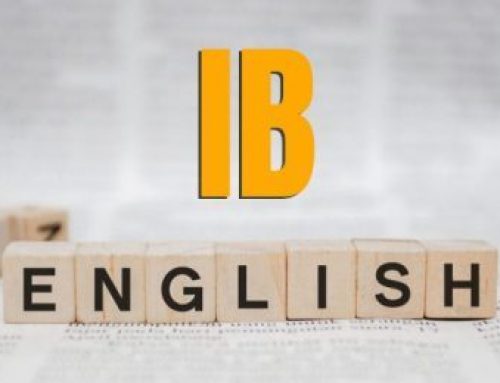Scoring an A for your Extended Essay can seem like a mammoth task for many IB students.
Mammoth, but not impossible.
If you want to score an A for your EE, here are six ways that can help you do so.
1. Choosing a good topic
There are no specific guidelines to choosing a high-scoring EE topic. The IBO examiners grade you based on a fixed set of marking criteria, in particular your research methodology, rather than your topic of interest. Of course, an interesting topic will always pique the interest of your examiner if you are able to support it with good quality framework! The quality of your research methodology- not the topic of your EE- will influence your final grade.
Ps: if you intend to apply for a competitive course or university, do consider choosing a topic that will be related to your future major. You will find it helpful to write about your EE research process in your college applications essay. If you intend to pursue multiple subjects in your EE, consider a World Studies extended essay. It takes on an interdisciplinary research and investigates a global topic such as the effective of the Social Prescription Model in the UK, or Green Technology spending in China. Often, students who intend to pursue a multidisciplinary degree such as Economics & Management, or PPE, will find such an EE a good opportunity.
2. Setting the scope of your question
Having a good research question is half the battle won. Developing perspective and being critical are key to success in the extended essay. Therefore, always write a research question that is specific enough for critical analysis yet wide enough for investigation.
A focused question will guide your research and allow you to frame a convincing methodology with appropriate research tools. For example, here are 2 examples of Economics extended essay questions:
- To what extent do cafes compete with each other?
- To what extent do Starbucks and The Coffee Bean operate in a duopoly in Singapore?
RQ2 provides a more appropriate topic for investigation, allowing for greater in-depth research. A good methodology would involve gathering both primary and secondary data on a few variables like the number of outlets, estimated revenue, price and non-price strategies of each firm. Break your EE into small and manageable components. Try to maximise the scoring for each part. For example, you get 6 marks for focus and method, 12 marks for critical thinking, meaning that exploring a specific area in detail will definitely help you to score highly.
3. Referencing from a wide range of research sources
It is important to consider a wide range of data for your EE. The best ones would be academic journals, company annual reports, and primary data like interviews or surveys.
Good sources include Jstor, Google Scholar, or even your school library. Jstor especially, provides a wide range of academic journals which provide good secondary data to reference to. When reading books or journal articles, just read the sections that are relevant to your topic, or the introduction and conclusion to get a good idea of whether the research is relevant. Another good source of reading materials is university first-year reading lists. These are likely to be introductory texts exploring a number of areas.
Academic reading can be difficult, don’t be afraid to look up key definitions, ask your supervisor or teacher about relevant content, and always integrate these to your own research.
4. Writing and reviewing your first draft
You should always aim to write your first draft as fast as possible. Don’t be afraid that your content is incorrect, or your methodology is lacking. The first draft does not have to be perfect, and you should expect to refine it after getting more research data. It is often more productive to work by sections and focus on breaking down your essay to manageable small paragraphs with specific goals to achieve. This will give you consistency week-by-week and make the 4,000 words a much easier task!
We highly recommend you work on a platform like Google Drive or Dropbox to save your versions regularly. You might have to look back at your previous versions along the way to refine content or get more data to support the later parts of your RQ.
After submitting your first draft, always aim to get feedback on which parts of your research are excellent, which have to be reworked, and which needs further development. Post review, always delete, reword, and fine-tune your methodology and content to shape your EE. In some cases, you should even alter your RQ or methodology completely if you are unable to get data to support your research.
5. Making relevant changes and researching key areas
Always ensure that your research content is backed up with good primary or secondary data. You need to include potential counter-arguments and linkages to your RQ to provide a comprehensive research. Also try to link various sections to ensure that your research has a coherent logical flow from introduction to argument, counter, responses, and conclusion. Good references to consider include academic journals, research papers, articles from reputable news sources. This will impress examiners and show you are truly intrigued in your topic area.
6. Refining and submitting your EE
The final touches of your EE requires you to clean up the referencing, formatting, and work on key elements such as title, author, date. Other key requirements include proper page numbers, citations, justified layout, diagrams, double spacing, proper font and cover page. Finally, ensure the RPPF is well thought out to help you gain the maximum marks (6) for this segment.
Before submitting, ensure that your full name, candidate number, school name, research question, are not labeled on the cover page. Your EE is electronically stamped and will be sent along with your RPPF.



